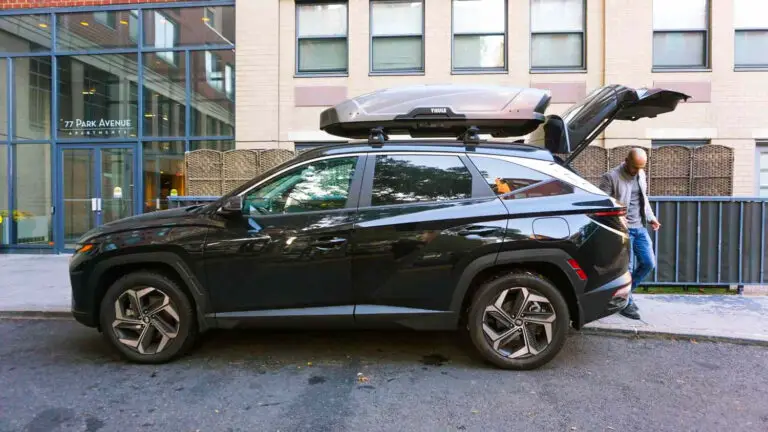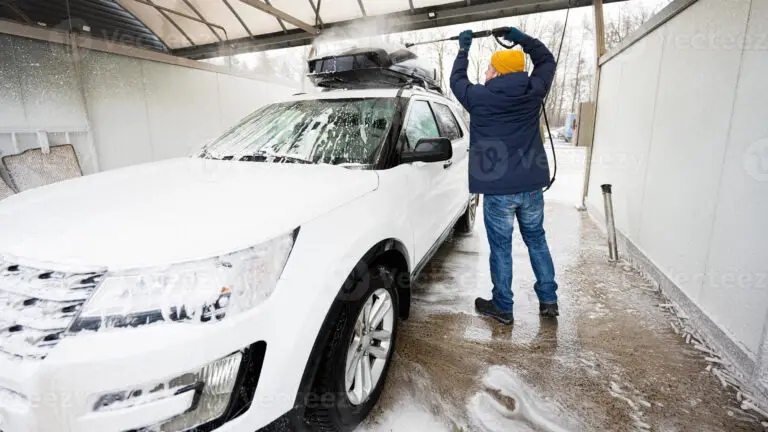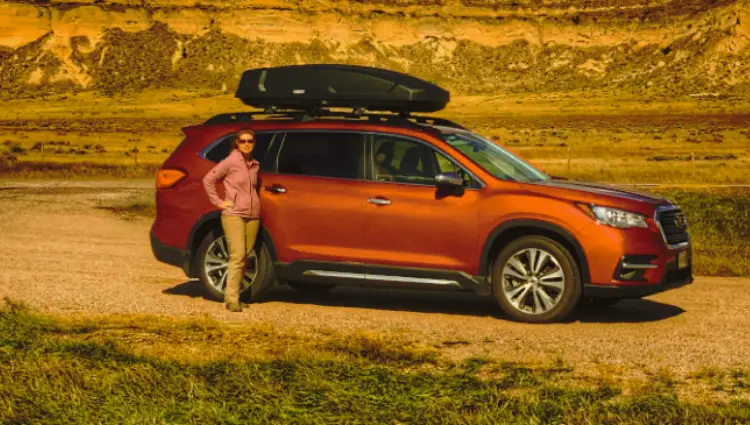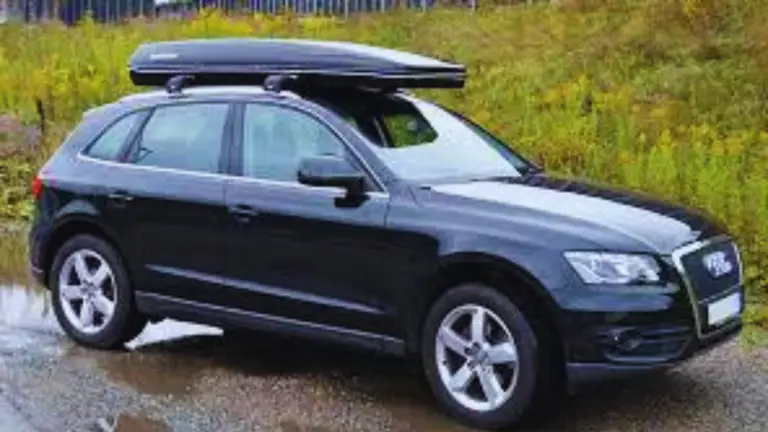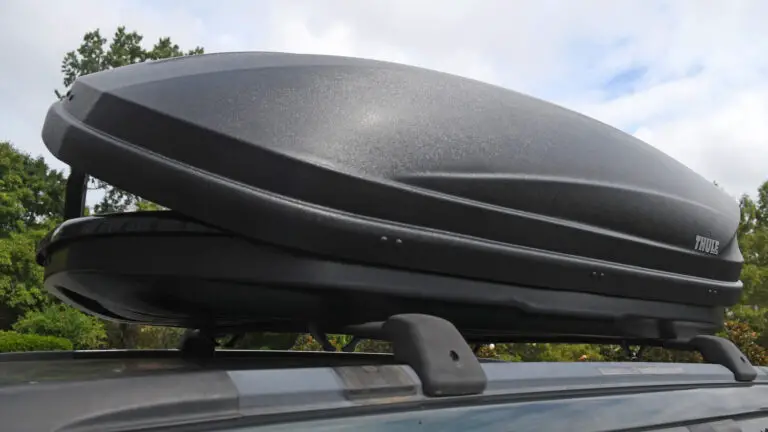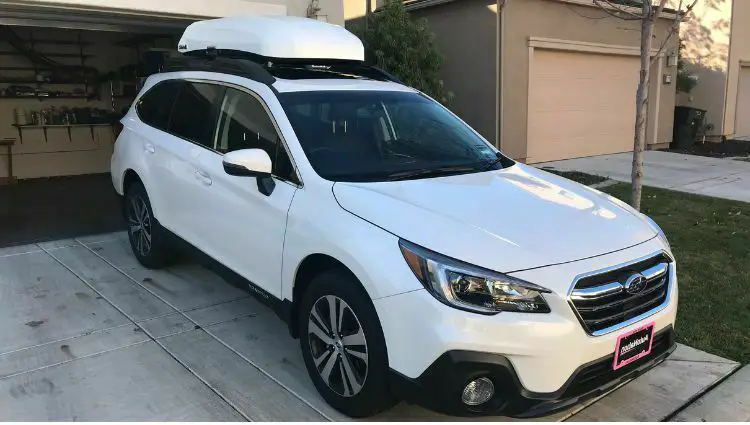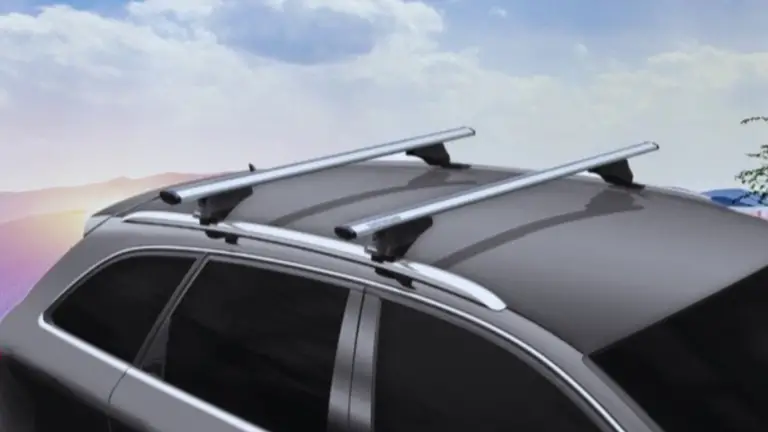A guide on How to Reduce Roof Box Noise to help you reduce the noise coming from your roof box, so you can enjoy the drive in peace.
Roof boxes are incredibly useful for expanding storage space during travel. However, the noise they can generate while driving can be disruptive and unpleasant. In this comprehensive guide, we will explore various methods to reduce roof box noise, ensuring a quieter and more enjoyable travel experience. By following these techniques, you’ll be able to minimize wind noise, vibration noise, and rain noise, ultimately creating a more serene atmosphere inside your vehicle.
Understanding Roof Box Noise
Before delving into noise reduction methods, it’s crucial to understand the nature and causes of roof box noise. Roof box noise can be attributed to factors such as wind, vibration, and rain. Wind noise occurs when air flows around the roof box, creating turbulence. Vibration noise, on the other hand, is caused by loose components or improper installation. Rain noise occurs when raindrops strike the roof box surface. By addressing each type of noise, you can significantly reduce their impact.
Selecting the Right Roof Box
Choosing the right roof box is the first step towards noise reduction. Consider the size, shape, and aerodynamics of the box. Opt for models specifically designed to minimize noise. Look for features like streamlined designs, wind deflectors, and noise-dampening materials. These factors will play a significant role in reducing wind noise and creating a quieter travel environment.
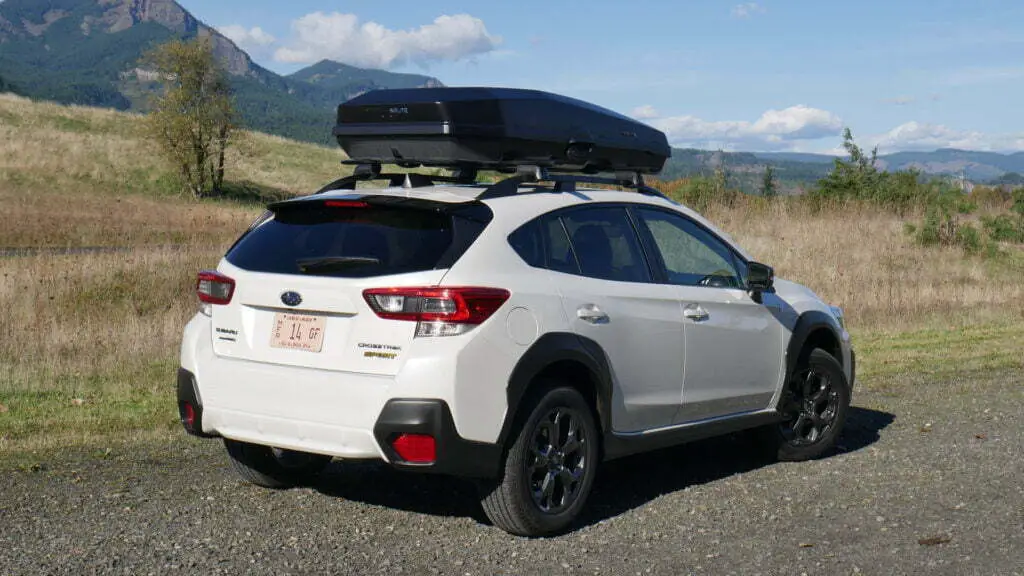
Preparing Your Roof Box
Before embarking on your journey, take the time to prepare your roof box properly. Clean the box thoroughly, removing any dirt or debris that may cause noise. Ensure that all items inside the box are secure and properly packed. Loose or unbalanced items can increase vibrations and generate unwanted noise.
Installing Your Roof Box Securely
Proper installation is crucial for minimizing roof box noise. Start by correctly installing the roof rack on your vehicle. Follow the manufacturer’s instructions carefully to ensure a secure attachment. Once the roof rack is in place, securely attach the roof box. Use appropriate fasteners and check for tightness regularly to avoid any loose components that may contribute to noise.
Reducing Wind Noise
Wind noise is one of the most common types of roof box noise. Fortunately, there are several methods to minimize its impact. Consider installing wind deflectors or fairings. These accessories redirect airflow, reducing turbulence and wind noise. Additionally, optimizing the placement of your roof box can help minimize wind resistance and noise. Experiment with different positions until you find the most aerodynamically efficient setup.
Minimizing Vibration Noise
Vibration noise can be bothersome during travel. To minimize this type of noise, utilize anti-vibration mats or pads. These materials absorb vibrations and reduce their transfer to the roof box and the vehicle. Regularly check and tighten all fasteners and roof box components to prevent rattling and additional vibrations.
Dealing with Rain Noise
Rain noise can create a constant tapping or drumming sound on the roof box surface. To minimize this type of noise, ensure that your roof box is properly waterproofed and sealed. Apply weather stripping or gaskets to create a tight seal between the lid and the base. This will help keep rainwater out and significantly reduce rain noise.
Using Soundproofing Materials
Soundproofing materials can effectively reduce roof box noise. Apply sound-dampening materials, such as acoustic foam or insulation, to the interior surfaces of the roof box. These materials absorb sound waves, reducing noise transmission. By incorporating soundproofing materials, you can create a quieter environment inside the roof box.
Maintaining Your Roof Box
Regular maintenance is essential for the longevity of your roof box and its noise reduction capabilities. Clean the roof box regularly to remove dirt, dust, and debris that may contribute to noise. Check for loose parts and signs of wear and tear. Address any issues promptly to prevent them from escalating and causing increased noise levels.
How To Stop Roof Rack Noise
Roof rack noise can be a common problem for many drivers, and it can be caused by a variety of factors such as wind resistance, loose or worn-out components, or improper installation. Here are some tips to help you reduce or eliminate roof rack noise:
- Check for loose or worn-out components: One of the most common causes of roof rack noise is loose or worn-out components. Check all the bolts, nuts, and screws that hold your roof rack in place, and make sure they are tightened to the recommended torque specifications. If any components are worn-out or damaged, replace them as needed.
- Use rubber padding: Rubber padding can help to reduce noise by absorbing vibrations and preventing metal-to-metal contact between the roof rack and your vehicle. You can use rubber pads or strips to line the contact points between the roof rack and your vehicle, such as the crossbars or mounting brackets.
- Adjust the position of the roof rack: Sometimes, simply adjusting the position of the roof rack can help to reduce noise. Try moving the crossbars or mounting brackets slightly forward or backward, or adjust the height of the roof rack to find the optimal position that minimizes wind resistance and noise.
- Use a wind deflector: A wind deflector is a device that is designed to redirect air flow over the roof rack, reducing wind resistance and noise. If your roof rack did not come with a wind deflector, you can purchase one separately and install it on your roof rack.
- Consider a noise-reducing roof rack: Some roof racks are specifically designed to reduce noise, with features such as aerodynamic designs or rubberized coatings. If you are considering purchasing a new roof rack, look for one that is designed to minimize noise.
By following these tips, you can reduce or eliminate roof rack noise and enjoy a quieter and more comfortable driving experience.
How to Reduce Roof Box Noise: FAQs
FAQ 1: How do I choose the right roof box size?
Choosing the right roof box size depends on your storage needs and the dimensions of your vehicle. Consider the available roof space, the weight capacity of your roof rack, and the volume of items you plan to carry. Measure your roof and check the specifications provided by the roof box manufacturer to ensure compatibility.
FAQ 2: Can I use a roof box on any type of vehicle?
Roof boxes can be used on various types of vehicles, including sedans, SUVs, and vans. However, it’s important to check the compatibility of the roof box with your specific vehicle model. Ensure that your vehicle has a roof rack or crossbars to support the roof box securely.
FAQ 3: Are all roof boxes compatible with all roof racks?
Not all roof boxes are compatible with all roof racks. Roof boxes and roof racks come in different sizes and configurations. It’s crucial to ensure that the roof box you choose is compatible with your specific roof rack system. Refer to the manufacturer’s instructions or consult with a knowledgeable professional to make the right match.
FAQ 4: Can I install a roof box without a roof rack?
In most cases, a roof rack is required to install a roof box securely. The roof rack provides the necessary support and attachment points for the roof box. If your vehicle doesn’t have a roof rack, consult with a car accessory specialist to explore options for installing a roof rack that suits your vehicle.
FAQ 5: How do I secure items inside the roof box?
To secure items inside the roof box, use appropriate packing techniques. Place heavier items at the bottom to maintain stability. Utilize straps or cargo nets to secure items and prevent shifting during travel. Follow the manufacturer’s guidelines for weight distribution and load capacity to ensure safe and secure transportation.
FAQ 6: Will a roof box affect my vehicle’s fuel efficiency?
Yes, a roof box can affect your vehicle’s fuel efficiency. The additional weight and increased aerodynamic drag created by the roof box can result in reduced fuel economy. To minimize the impact, consider removing the roof box when it’s not in use, especially for shorter trips. Additionally, choose an aerodynamically designed roof box and optimize its placement to reduce wind resistance.
FAQ 7: Can I leave the roof box on my vehicle when not in use?
While it is possible to leave the roof box on your vehicle when not in use, it’s generally recommended to remove it. Removing the roof box reduces wind resistance, thereby improving fuel efficiency. Moreover, removing the roof box when not needed prevents unnecessary exposure to the elements, reducing wear and tear.
FAQ 8: How often should I clean and maintain my roof box?
Regular cleaning and maintenance are essential to keep your roof box in optimal condition. Clean the exterior and interior of the roof box regularly using mild soap and water. Inspect the roof box for loose parts, signs of damage, and wear and tear. Address any issues promptly
to ensure continued noise reduction and longevity.
FAQ 9: What if my roof box gets damaged?
If your roof box gets damaged, assess the extent of the damage. Minor issues like scratches or scuffs can be repaired using appropriate touch-up paint or cosmetic solutions. However, if the damage is significant or compromises the structural integrity of the roof box, it’s advisable to replace it with a new one. Safety should always be the top priority.
FAQ 10: Are there any legal restrictions on using roof boxes?
Legal restrictions regarding roof boxes can vary by jurisdiction. It’s important to familiarize yourself with the laws and regulations in your specific area. Some common restrictions may include maximum height limits, weight restrictions, and requirements for securing loads properly. Adhering to these regulations ensures your safety and the safety of others on the road.
Final Thoughts
Reducing roof box noise is essential for a peaceful and comfortable travel experience. By following the techniques outlined in this guide, you can significantly minimize wind noise, vibration noise, and rain noise. Choose a roof box with noise reduction features, prepare it properly, and install it securely. Employ methods such as wind deflectors, anti-vibration mats, waterproofing, and soundproofing materials. Regular maintenance will ensure the longevity of your roof box’s noise reduction capabilities. Enjoy a quieter journey and make the most of your travels.


